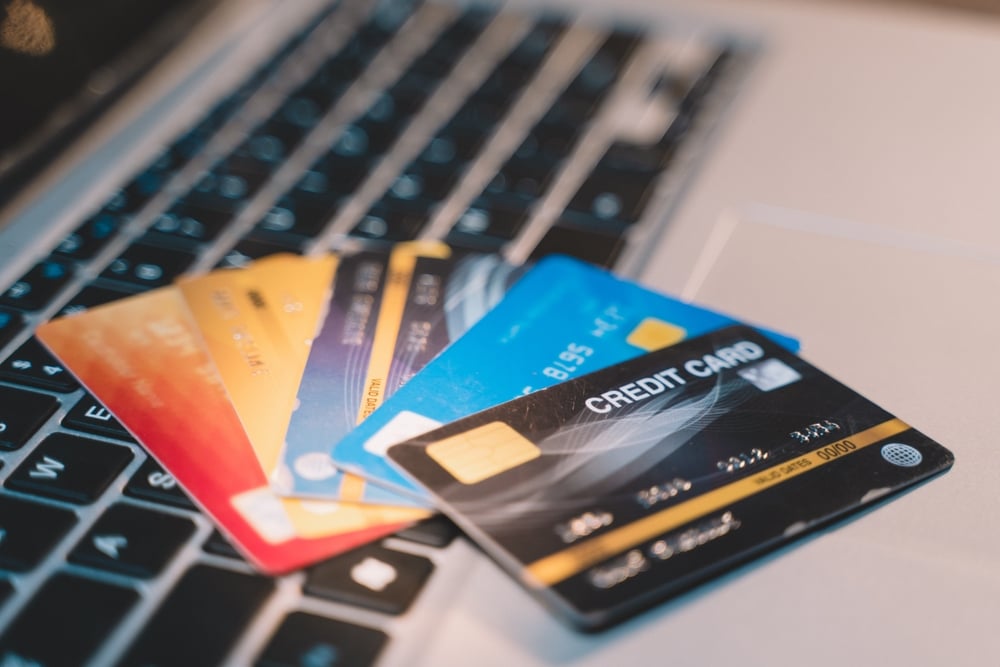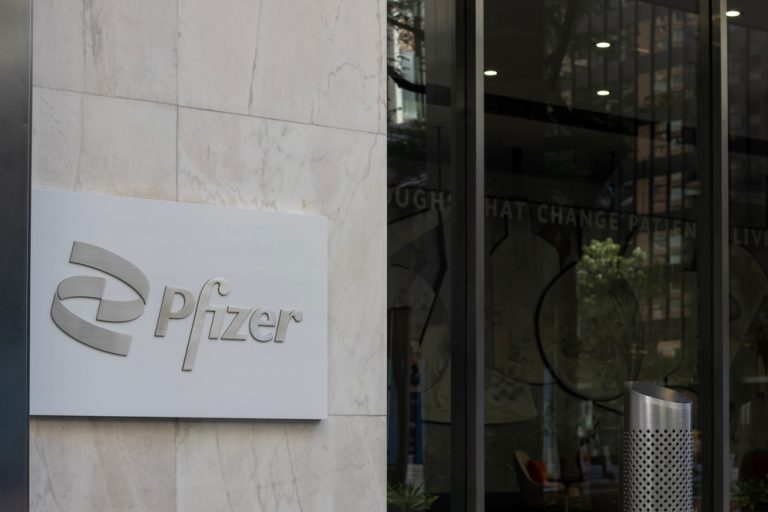Dozens of major U.S. retailers increased the interest rates on their store-branded credit cards to record levels in the year before the Federal Reserve began cutting rates. The move, aimed at bolstering profits during a period of sluggish sales, has left consumers grappling with higher costs and raised concerns about the ethics of such practices.
Record-High APRs on Store Cards
A review of data from Bankrate.com found that at least 50 retailers, including Big Lots, Macy’s, Gap, and Petco, raised the annual percentage rates (APRs) on their store-branded cards between September 2023 and September 2024.
- Big Lots had the steepest increase, raising its APR by 6 percentage points to 35.99%.
- Gap followed with a 5-point hike across its Banana Republic, Old Navy, and Athleta cards.
- Petco increased rates by 4.5 points, also reaching the 35.99% mark.
Overall, the average APR on store cards climbed by 1.52 percentage points during this period, outpacing the 0.08-point increase for traditional credit cards.
Why Rates Rose
The timing of these increases reveals a clear strategy by retailers and their banking partners. By raising rates ahead of anticipated Fed rate cuts, they protected their profit margins, ensuring higher returns even as the federal funds rate declined.
“Store cards are big business,” said Ted Rossman, senior industry analyst at Bankrate. He pointed out that some retailers derive a significant share of their profits from their credit card programs. For example, 49% of Macy’s operating profit in 2022 came from its credit card revenue, according to Citi analyst Paul Lejuez.
Impact on Consumers
Higher interest rates on store cards are particularly burdensome for consumers carrying balances. The average store card APR now sits at an all-time high, just as delinquencies on credit card payments have reached levels not seen since 2011.
Brian Robin, a Macy’s cardholder with a strong credit score of 744, expressed frustration at the unexpected rate hike. “Why would you want to shop at a place that’s charging you loan shark rates?” Robin said, questioning the rationale behind the increase despite his solid payment history.
Meanwhile, some consumers, like Jasmine Matheney, learned the hard way about the risks of retail credit cards. Matheney, who maxed out a Nordstrom card at 18, struggled for years to recover from the debt. “They reel you in with discounts, but then you’re stuck paying back that 40% and more,” she said.
Retailers Defend Their Decisions
Retailers have cited the economic environment and industry standards to justify the rate hikes. Big Lots pointed to “rising credit losses and regulatory pressures,” while Nordstrom emphasized its variable rate model, which is tied to the prime rate. Despite these explanations, many consumers and analysts see the hikes as profit-driven.
A Shrinking Market
Store-branded cards have become less popular in recent years, with new account openings declining in seven of the past eight years, according to Equifax. Many shoppers now prefer alternatives like buy now, pay later services. Retailers have responded by squeezing more revenue from their existing customer base through higher APRs.
The record-high APRs on store-branded cards highlight the growing tension between retailer profitability and consumer affordability. While these cards offer convenience and rewards, their increasingly steep rates make them risky for many shoppers. As delinquencies rise and consumers seek alternatives, the retail credit card model may face increasing scrutiny from regulators and the public alike.






















